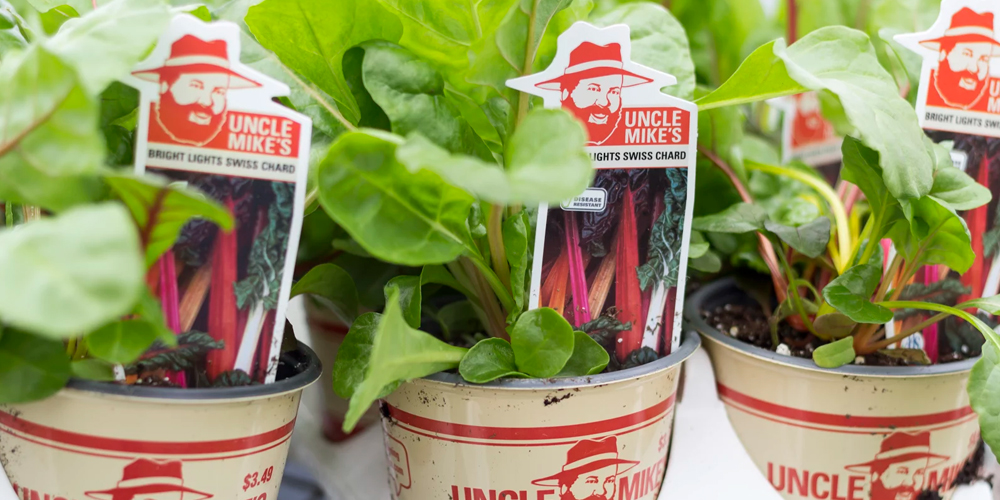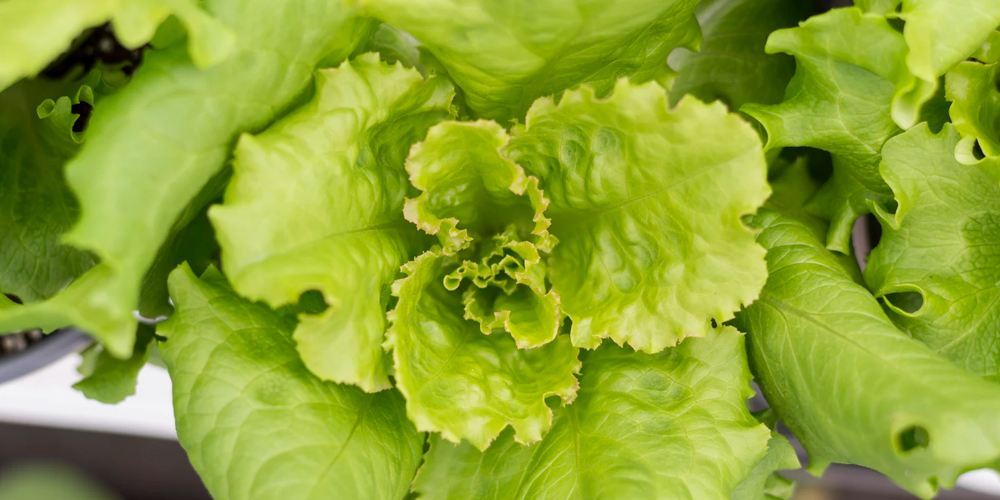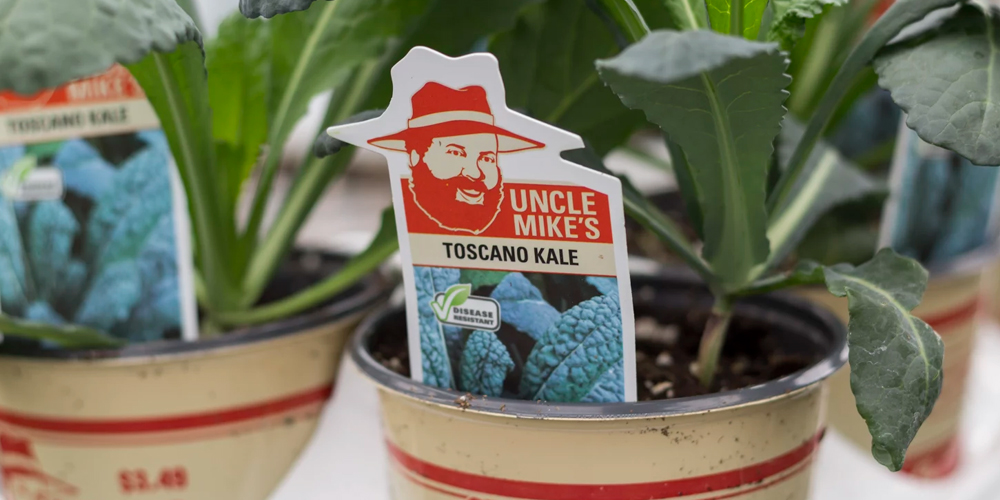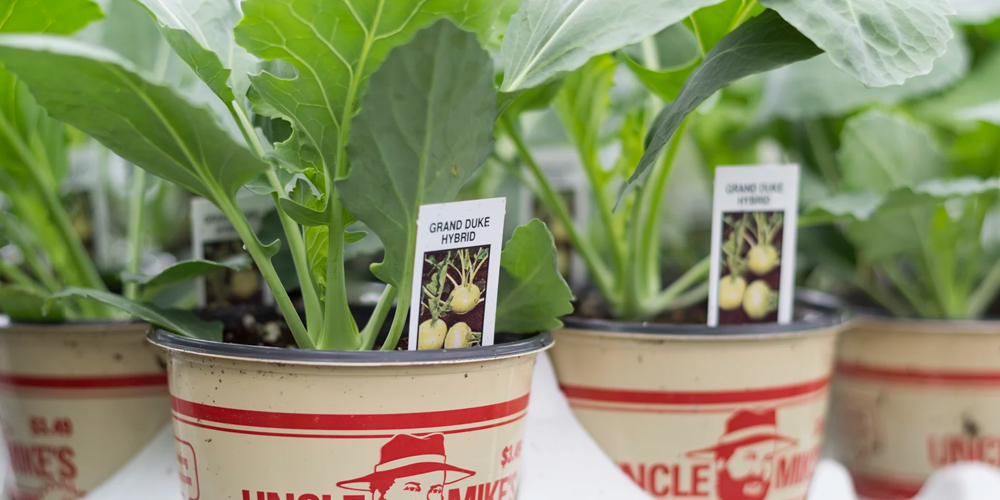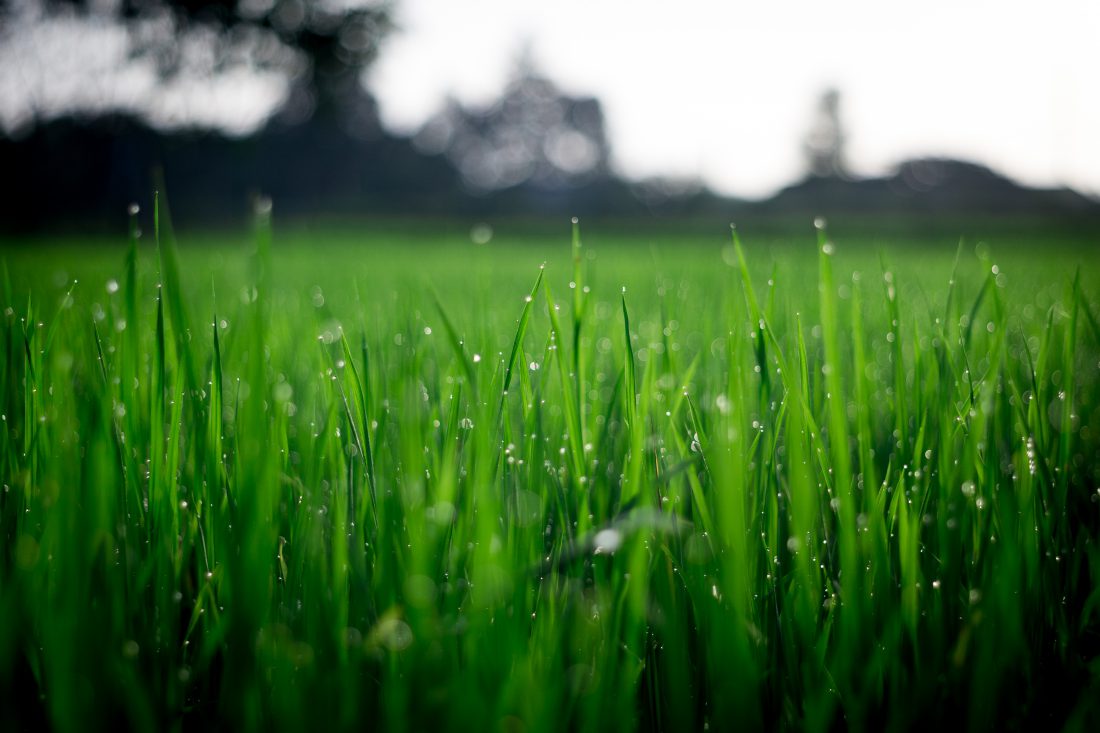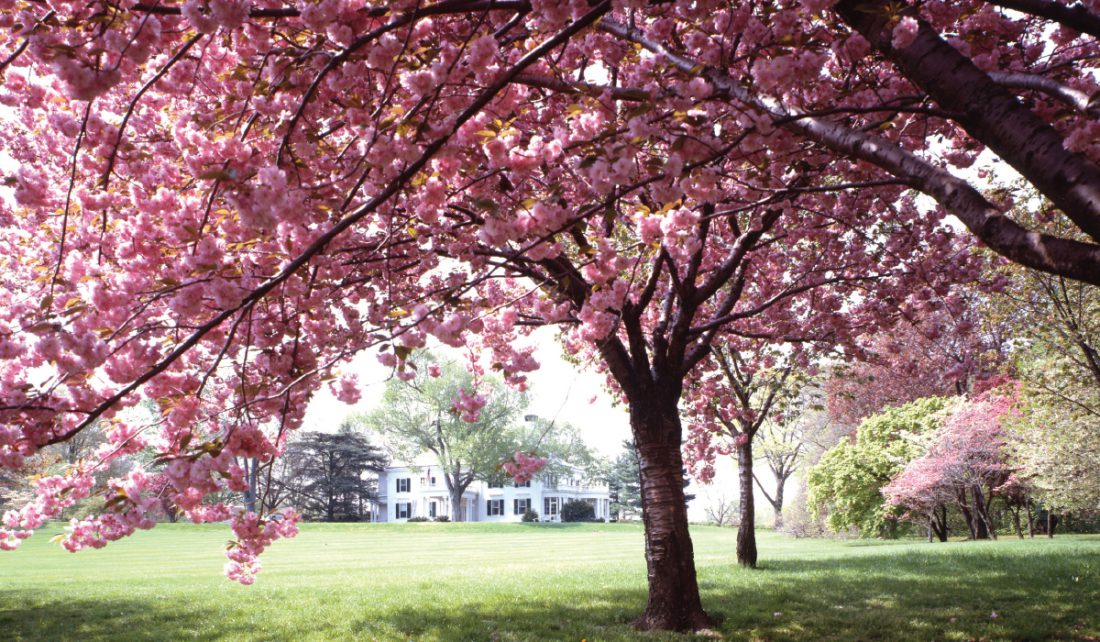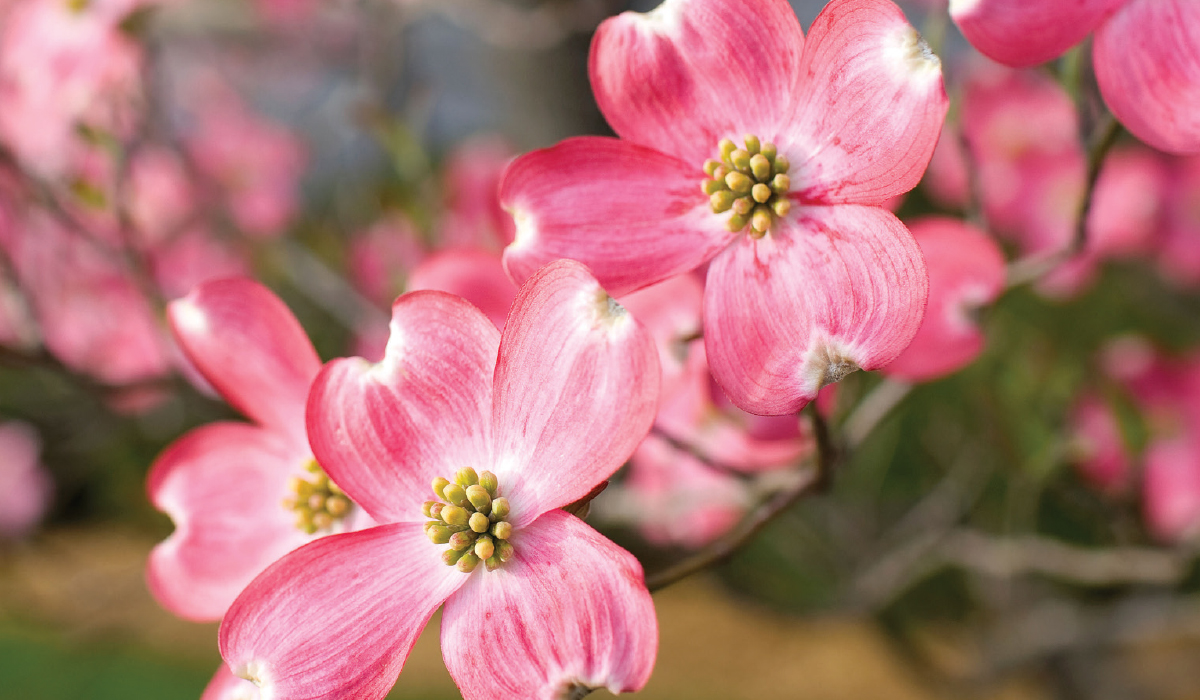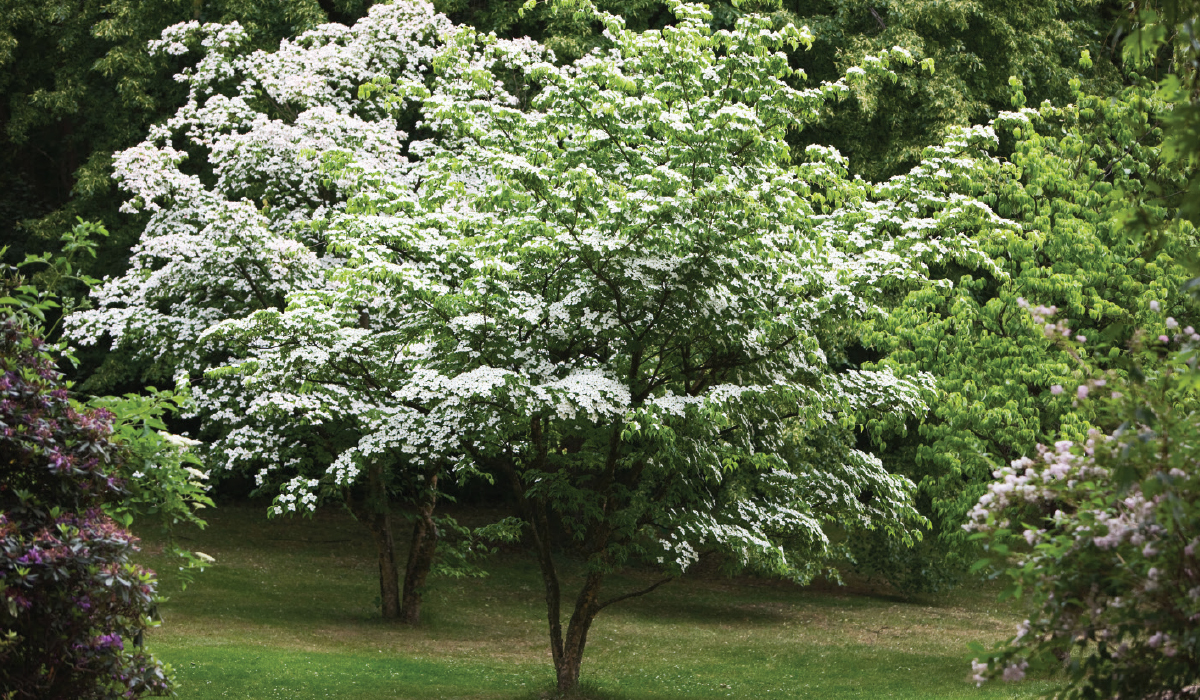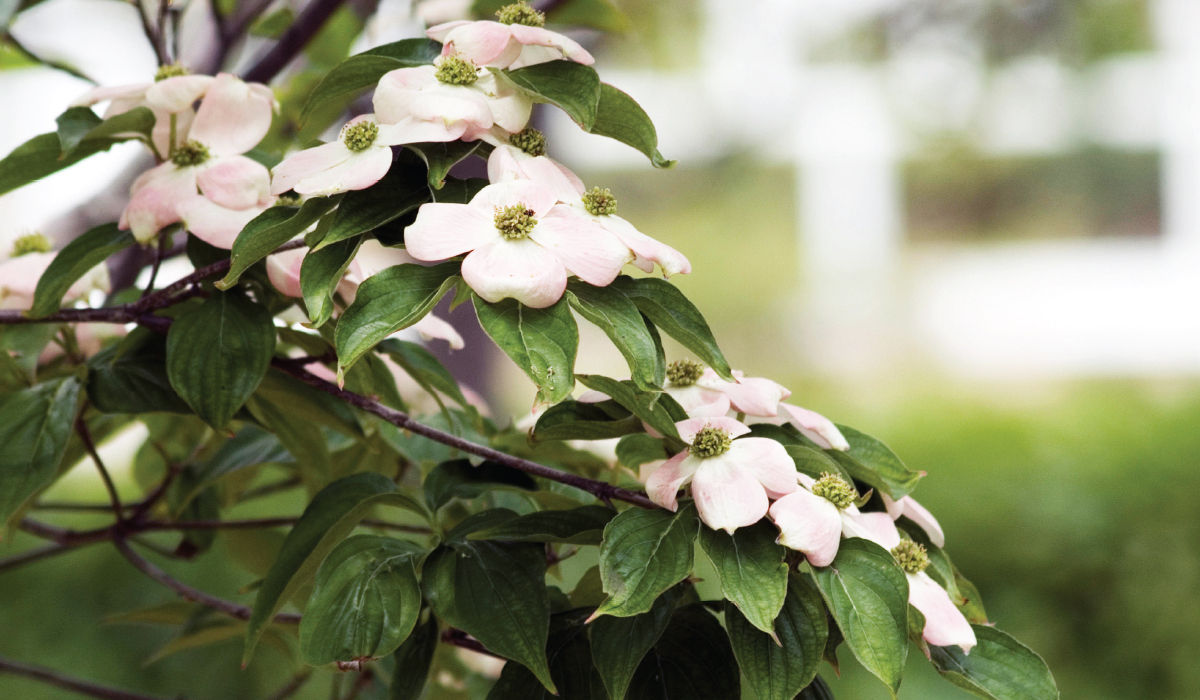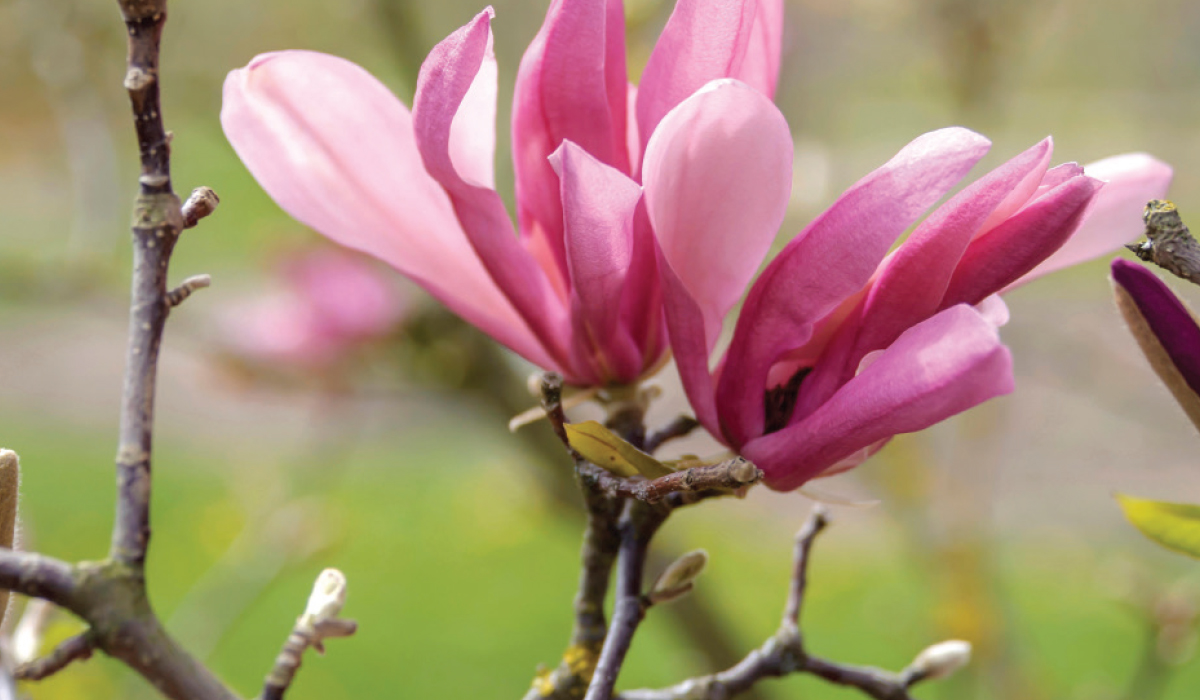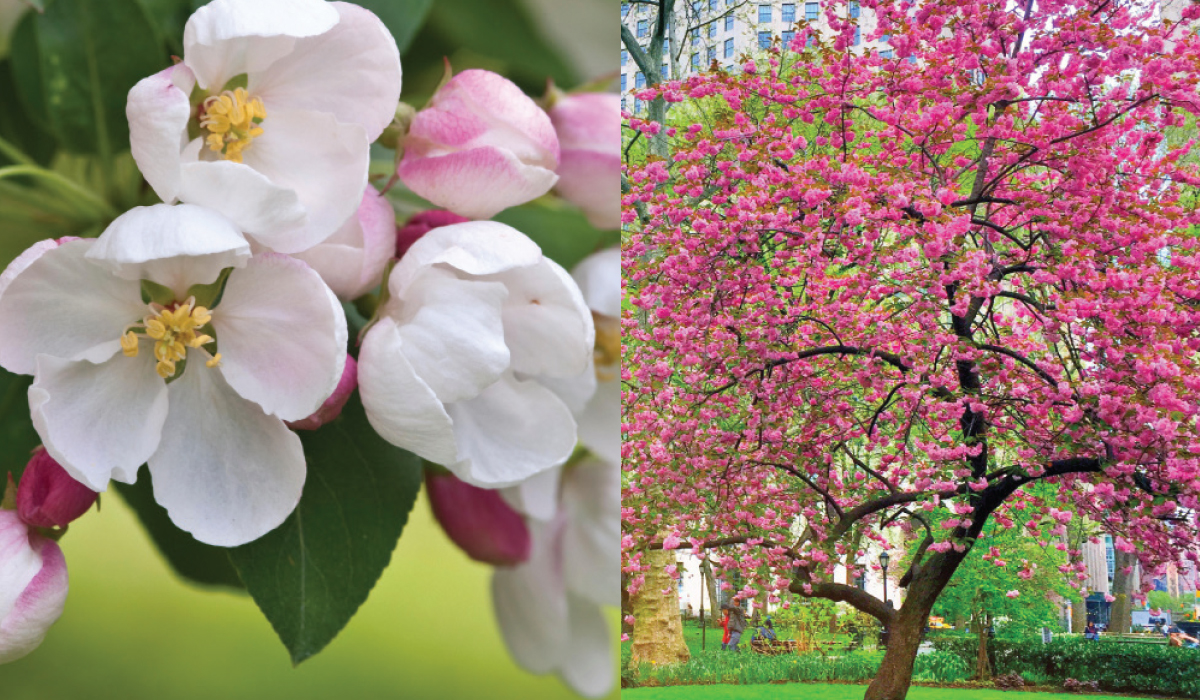GENERAL CARE
When choosing a spot to start your home orchard, it is important to consider three factors – sunshine, soil and spacing.
SUNSHINE
Sunshine made John Denver happy. It will also make your fruit tree happy. Plant your tree in an location which receives at least a half day of sun. Sunlight helps the tree to produce a prolific crop of fruit. Do not plant your tree in an area of full shade.
SOIL
Fruit trees prefer well-drained, fertile soils. Most soils drain well enough to keep your trees happy. But if you have a high clay content, work in 1/3 peat to the soil at planting time. This will help increase the drainage for your tree. Full clay soils and poorly drained locations need to be avoided. Fruit trees will not thrive in wet, poorly drained, low spots in your yard. If your soil is very heavy and poorly drained, you can build a mound or berm with trucked-in topsoil to plant your tree or trees on top of.
SPACING
All of our trees are dwarf or semi-dwarf trees, selected to optimize the use of space and to produce good crops of fruit. Trees should be planted about 12-14′ from each other. If you plant more than one row, the rows should be separated by 18-20′. This will allow plenty of space for the tree to thrive. This space gives the sun the opportunity to shine down on the tree. It also provides good air ventilation, which helps reduce diseases on your tree.
One last consideration; be sure to consider your future plans when siting your orchard. Allow for room to add more trees. Once you get starting growing fruit at home, you will want to add new fruits to increase the variety of your harvest.
POLLINATION
Fruit results from the pollination of blossoms. Some trees can set an abundant crop with their own pollen, so they are called self-pollinating. Other trees need pollen from another variety. This cross-pollination is usually done by bees. Some neighborhoods have enough fruit trees to assure plenty of cross-pollination, but you should plant your own “pollination partners” just to be sure. If a variety is not self-pollinating, two trees of the same variety will not cross-pollinate each other.
Generally speaking, most apples, pears, plums and sweet cherries require a pollinator, although there are a few self-pollinating varieties in each of those fruit types. Peaches, nectarines, tart cherries and apricots are almost always self-pollinating.
Look under the various fruit types for detailed guidance on appropriate pollinators for your apples, pears, plums and sweet cherries. And remember, apples can’t pollinate pears, and pears can’t pollinate plums. Pollinators must be from the same fruit type – cats and dogs don’t breed.
PRUNING
We cannot stress enough the importance of regular, annual, aggressive pruning. It is essential to maintain the ongoing vigor of the tree and to maximize the production of fruit.
First year pruning sets the eventual shape of the tree. If your tree is taller than 4-6′ above ground, after it’s planted, trim it down to that height. Thin out the inward growing branches and any branches which are crossing over each other. Trim off the tips of the larger branches to encourage growth. See the illustration below for a before and after look at the branches.
Any shoots or branches which come from BELOW the “bud union” should always be pruned – now and in the future. Brand new stems that grow out of the ground, from the root systems are called suckers. If you see them, simply cut them off at ground level. When the tree matures, suckering usually diminishes.
If your trees set fruit this first year, pick off some of the immature fruits, spacing them about 8″ apart on the branches. This will encourage proper ripening, allow the spray to cover well, and improve vegetative vigor. Fruit thinning in the future is also important for the very same reasons. Less is more. If you don’t thin, you will get many more fruits than the tree can handle, resulting in broken branches and small fruits. So don’t be afraid to thin. The resulting fruits will be fuller and much nicer.
In later years, it is helpful to “shape” your tree. Apple, pear and cherry trees are best trained to a central leader (uppermost upright limb). Peach, nectarine, plum and apricot trees should be trained to a vase shape (no central leader). See the drawings below which show what your mature tree should look like. As you prune, bear this shape in mind and prune accordingly. Don’t be shy; it’s really hard to overprune a fruit tree.
Young Fruit Tree Forms, Before and After Pruning:
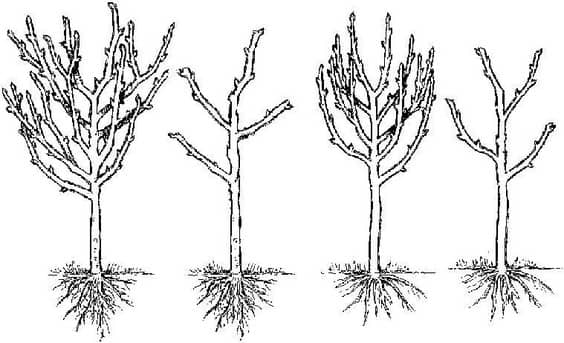
Mature Tree Forms:
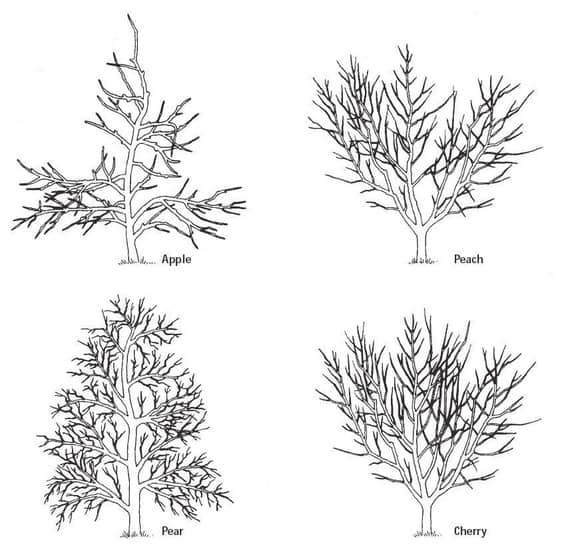
WHEN TO PRUNE
APPLES AND PEARS
It is generally best to prune apples and pears when they are dormant. So pick a nice pleasant, sunny winter day and enjoy this part of orcharding. Summer pruning is helpful to retard growth of the tree. So if the tree is growing very aggressively and getting taller than you like, take it back in July to control this growth.
CHERRIES
It is generally best to prune cherry trees when the weather is hot. Do not prune in the winter or late fall or early spring. Bacterial diseases are present in all non-arid environments and are particularly detrimental to sweet cherries. These bacteria are most active in cool, wet weather. So wait until the tree has leafed out and the warm late spring weather patterns are well established – usually by the end of May – to prune your cherry trees.
PEACHES, NECTARINES AND APRICOTS
The best time to prune peaches, nectarines and apricots is in the early spring. Try pruning after the last frost date for your area. At this time, most of the winter damage can be trimmed off and you will minimize the effect of late frost damage to your buds and blooms.
PLUMS
As plums are very vigorous growers, you will want to prune aggressively. Bear in mind that summer pruning, when the trees is still growing, will help contain the spreading nature of your plum tree. You cannot over-prune a plum tree. So do clean up pruning in the winter, to get rid of broken and dead branches and shape up the tree. Then in July, prune again to maintain a manageable size.
Reference: Hollybrook Orchards
Visit hollybrookorchards.com for specific varieties or more information.

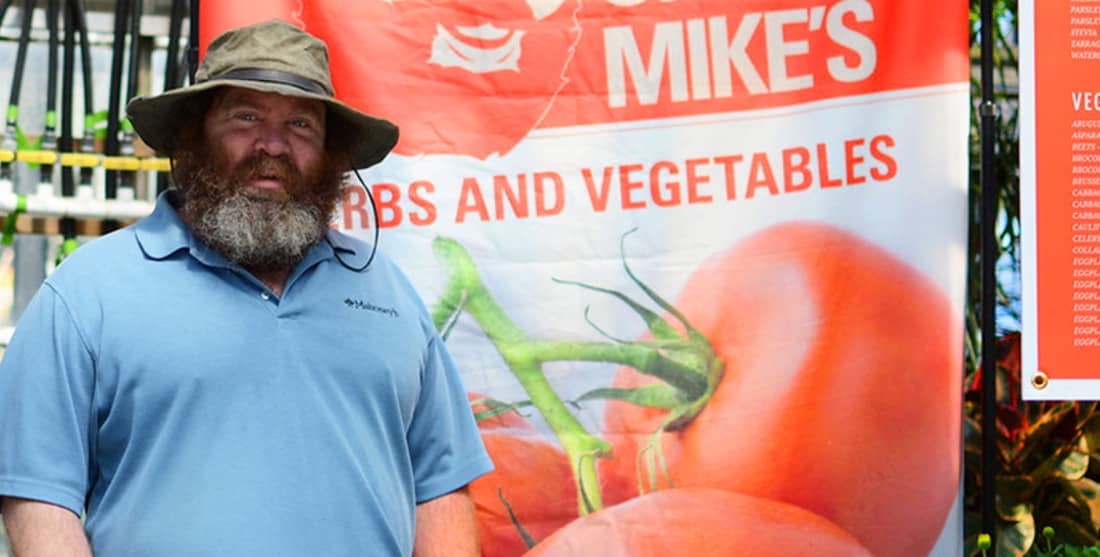
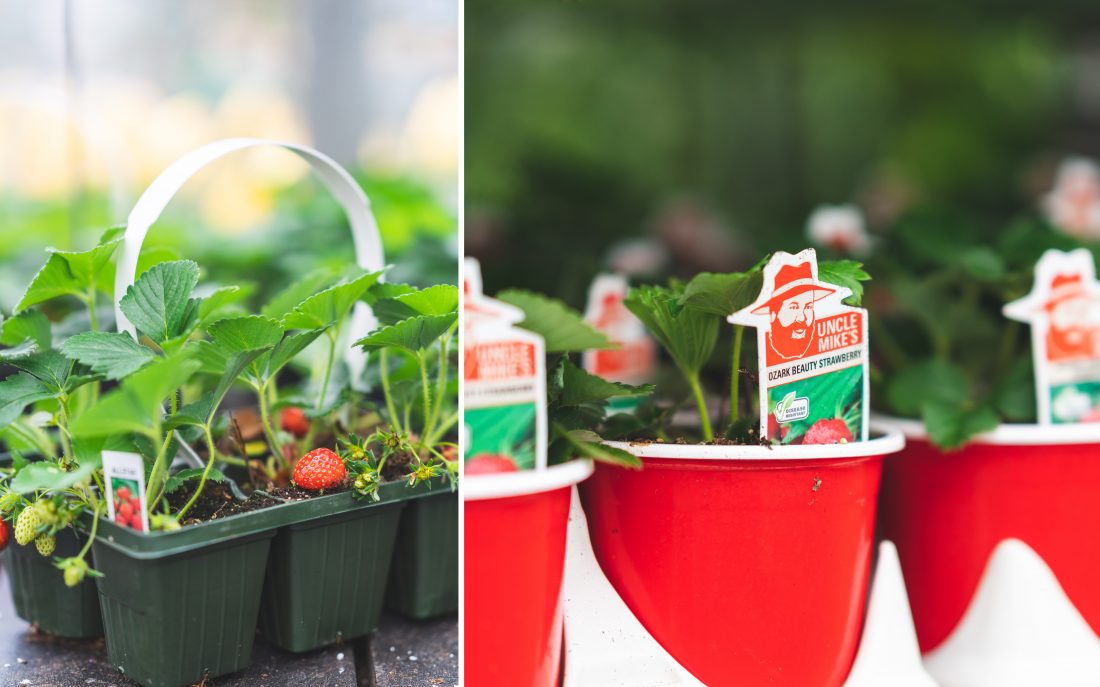
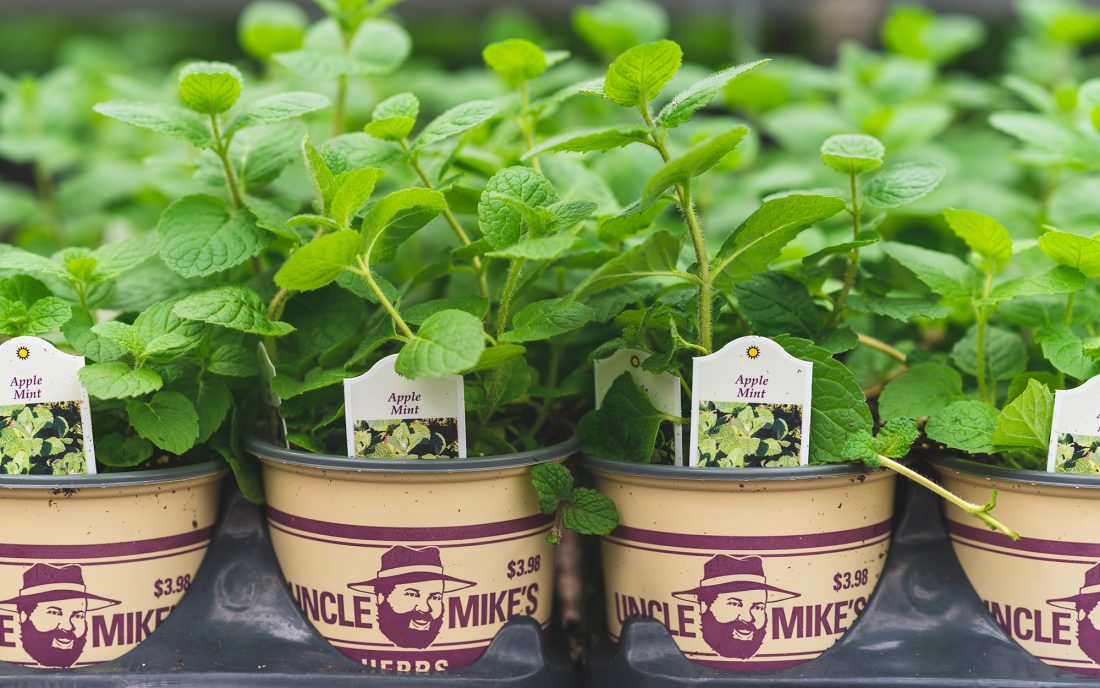
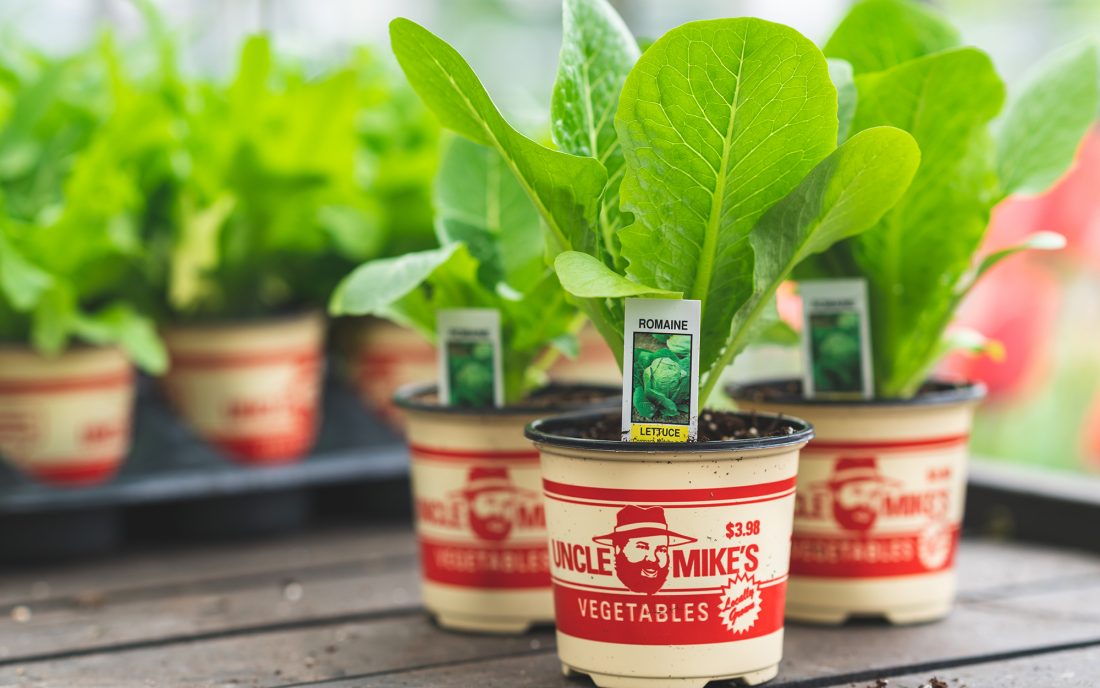
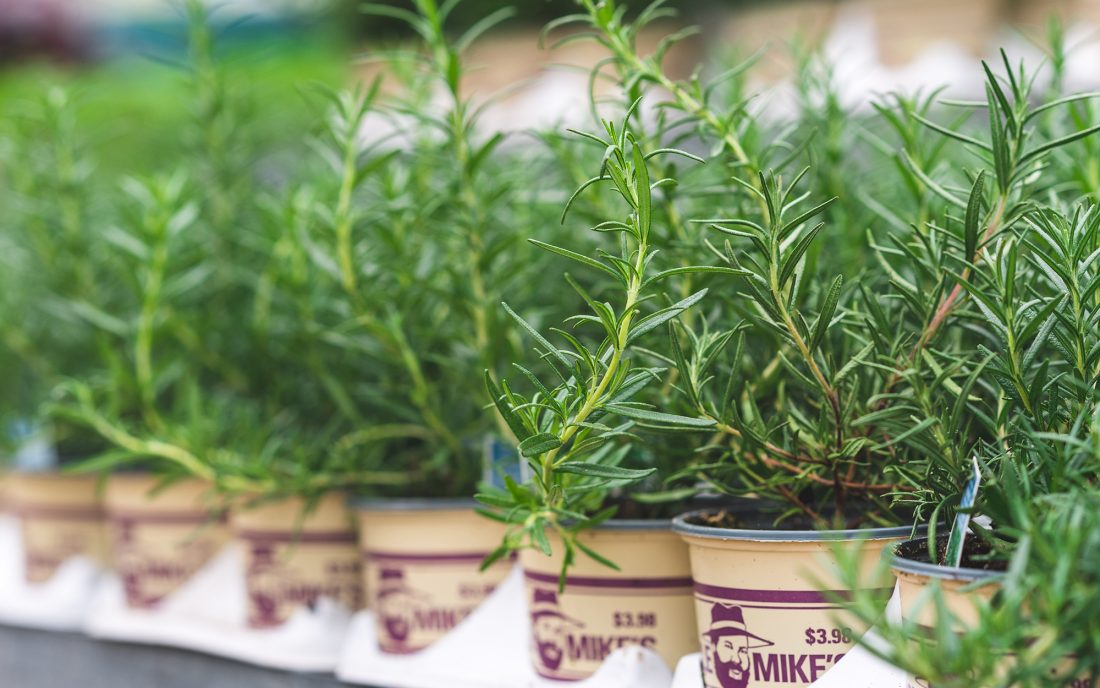
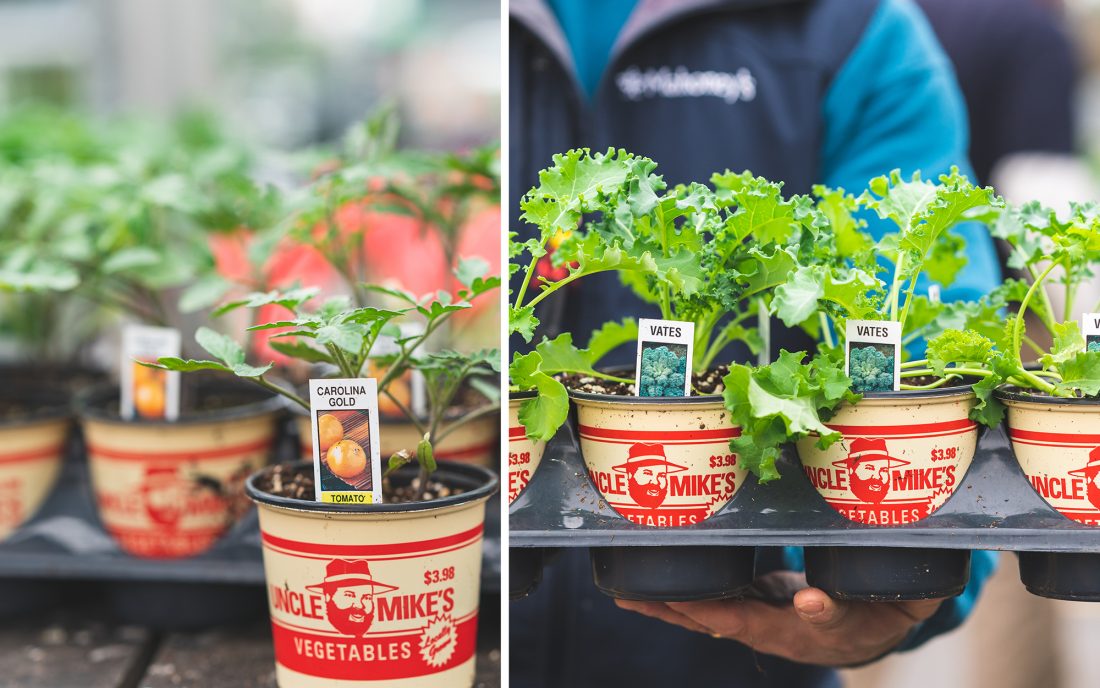
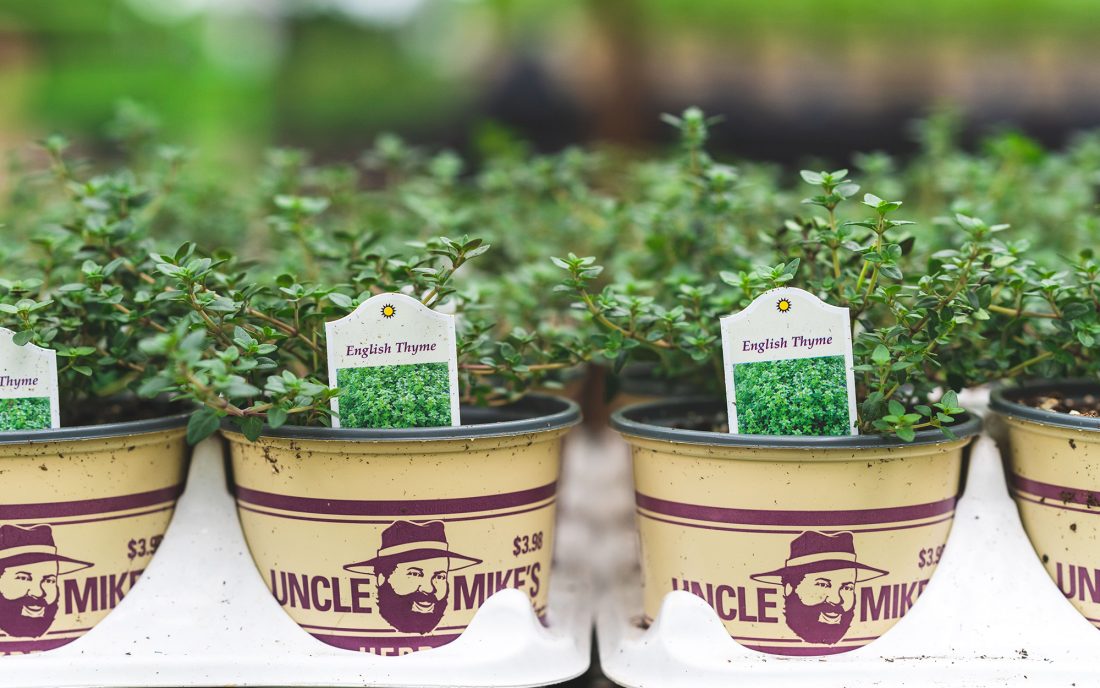
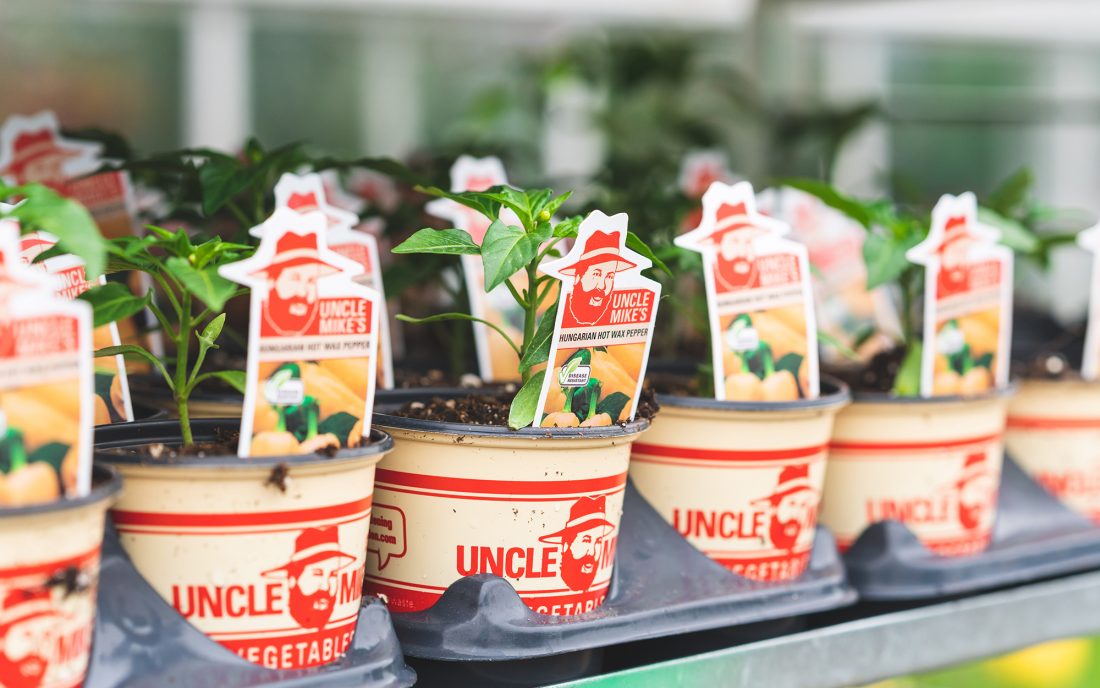
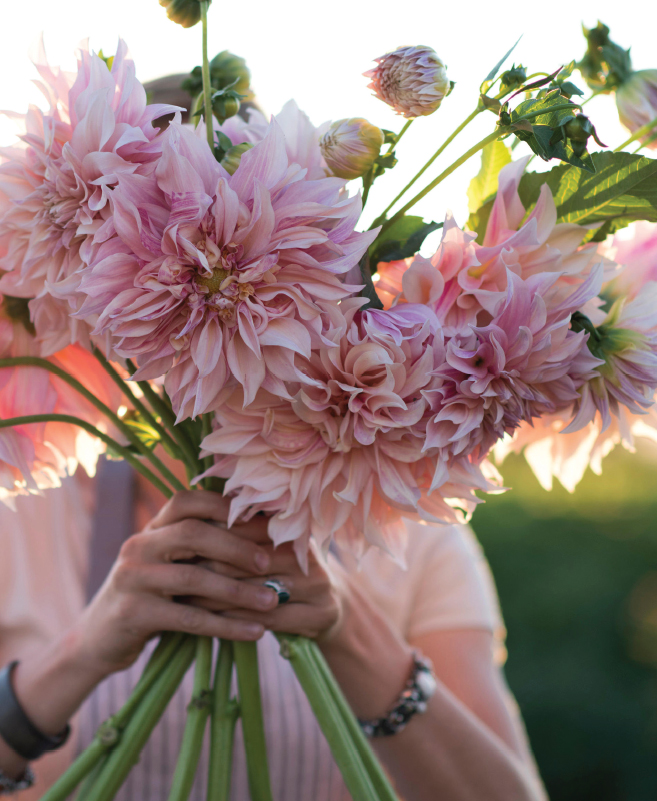
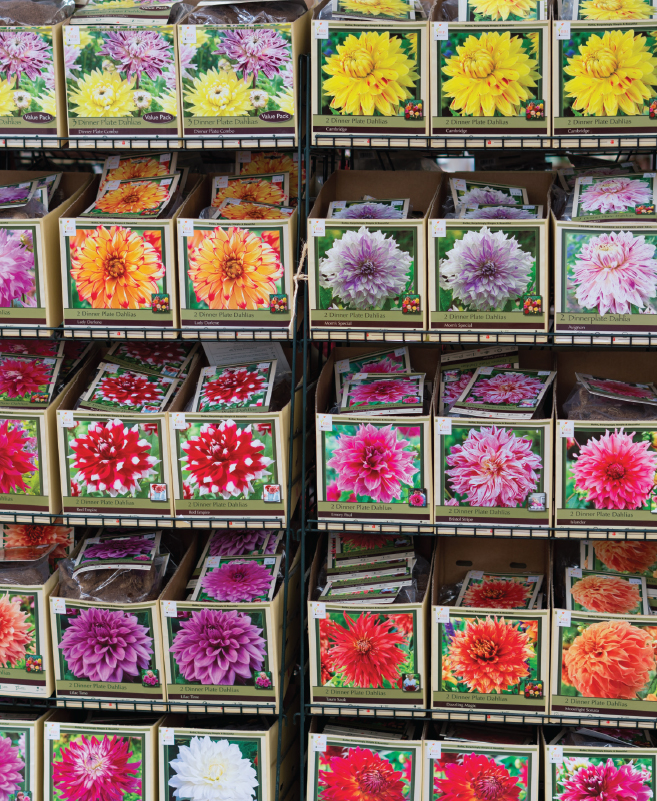 Summer is arguably the most satisfying time of year for the gardener. Gone are the worries of an impending frost. Departed are spring’s gray skies and torrential downpours. Sunshine is plentiful, the soil is warm and everything wants to grow, grow, grow! And, this year, more than ever, bulbs are sure to be the shining star of the summer garden.
Summer is arguably the most satisfying time of year for the gardener. Gone are the worries of an impending frost. Departed are spring’s gray skies and torrential downpours. Sunshine is plentiful, the soil is warm and everything wants to grow, grow, grow! And, this year, more than ever, bulbs are sure to be the shining star of the summer garden.